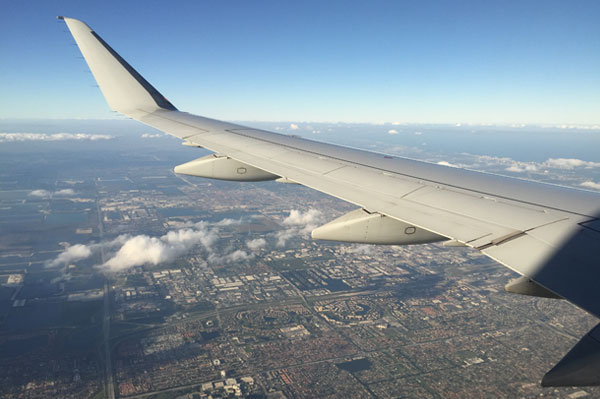Solid Traffic Growth, Record Load Factor: IATA
The International Air Transport Association (IATA) has reported healthy global passenger demand for July with all regions reporting growth.
Total revenue passenger kilometres (RPKs) rose 6.2%, compared to the same month last year. While this was down from 8.1% year-over-year growth in June, it nevertheless marked a solid start to the peak passenger demand season. Monthly capacity (available seat kilometres or ASKs) increased by 5.5% and load factor rose 0.6 percentage point to a record high for July of 85.2%.
“The industry posted another month of solid traffic growth. And the record load factor shows that airlines are becoming even more efficient in terms of deploying capacity to meet demand,” said IATA director general Alexandre de Juniac. “However, rising costs – particularly fuel – will likely limit the stimulus we would expect from lower airfares. Therefore, we do expect to see a continued slowing of growth compared to 2017.”
July international passenger demand rose 5.3% compared to July 2017, which was a deceleration compared to the 8.2% growth recorded in June. Total capacity climbed 4.7%, and load factor edged up half a percentage point to 85%. All regions reported growth, led by Asia-Pacific for the first time in three months.
North American airlines’ traffic climbed 4.1% compared to July a year ago. This was down from 6% growth in June, but still ahead of the five-year average pace for carriers in the region as strong momentum in the US economy is helping underpin a pick-up in international demand for airlines there. July capacity rose 2.8% with the result that load factor climbed 1.1 percentage points to 87.2%, second highest among the regions.
“The second half of the year got off to a solid start. The strong demand we experienced in July is confirmation that summer is when people want to travel, to explore new places and to reunite with friends and family. Unfortunately, for air travellers in Europe, summer also brought delays and disappointment, while for airlines, it meant accepting schedule inefficiencies and longer flight times. That’s because air traffic capacity has not kept pace with demand and because some controllers used the opportunity of the peak traffic period to launch strikes and work slowdowns. Travellers want to get to their holidays on time. It’s past time for the European Commission, Member States and air navigation service providers to take urgent action to eliminate European airspace bottlenecks and to discourage air traffic controllers from penalizing air travellers when they are unhappy over a contract,” added de Juniac.



